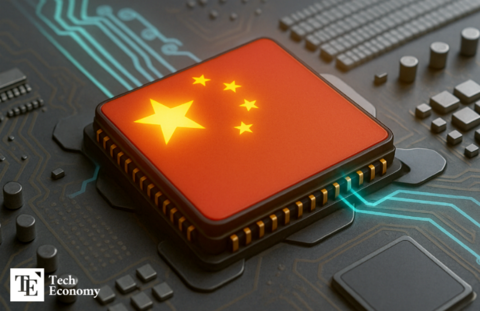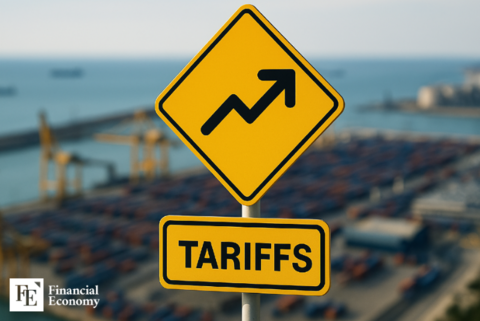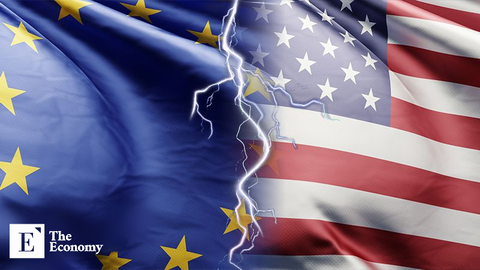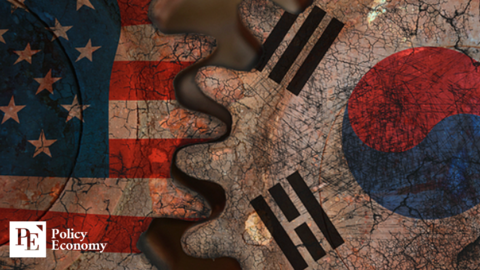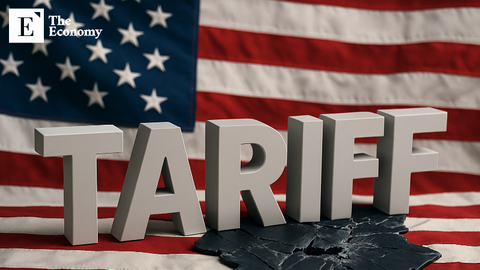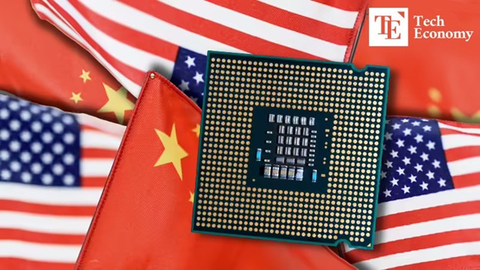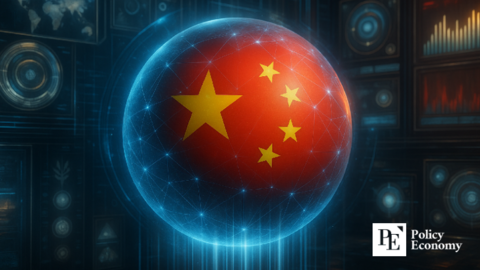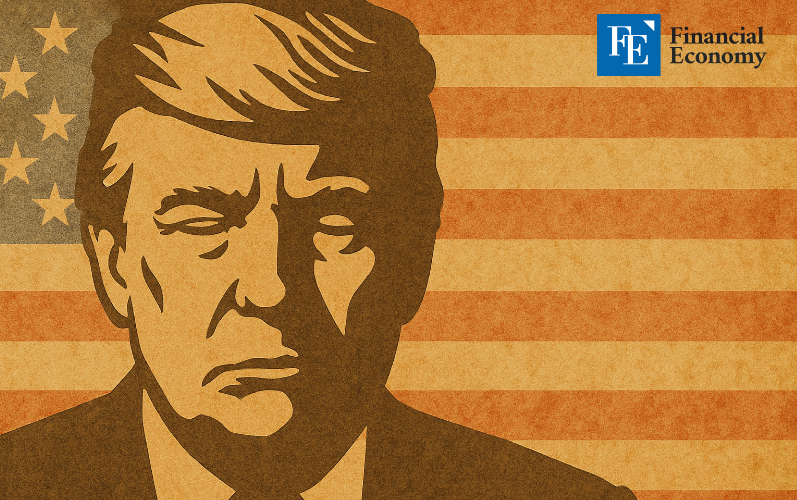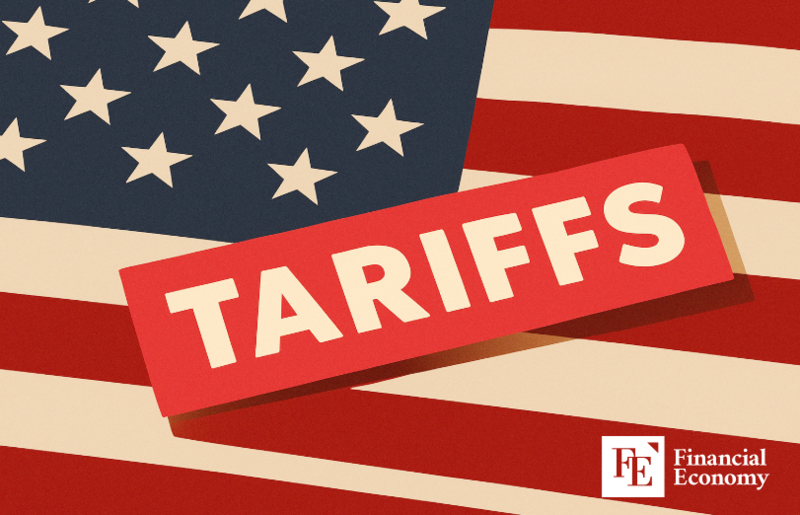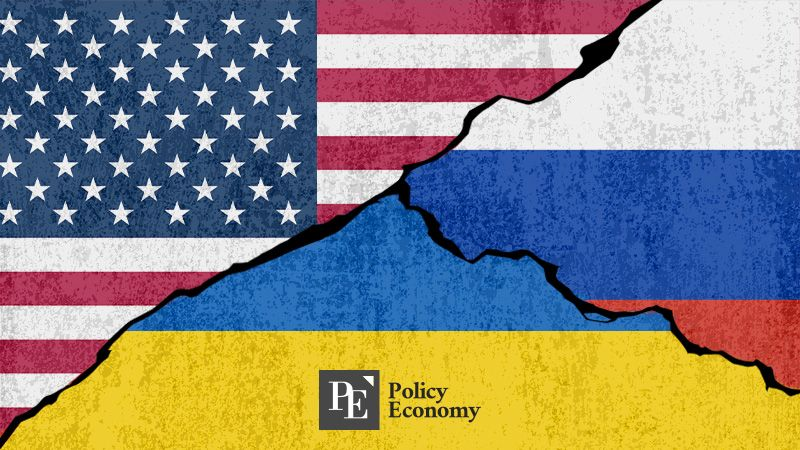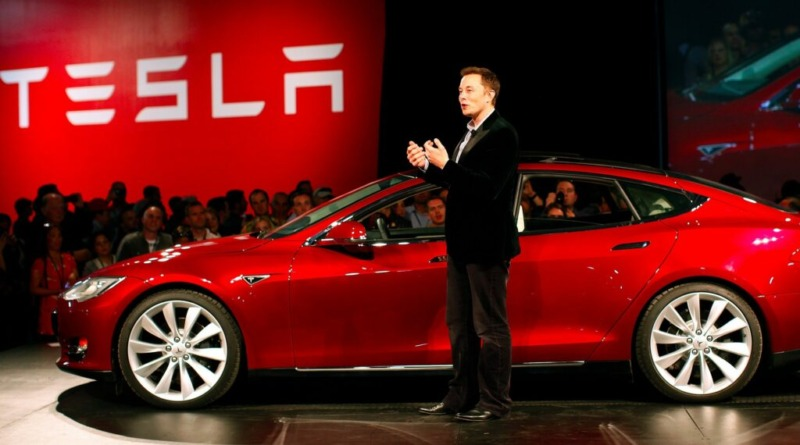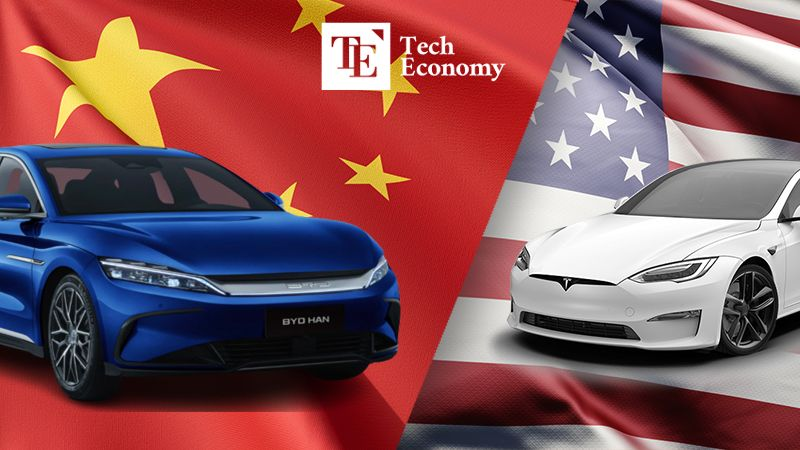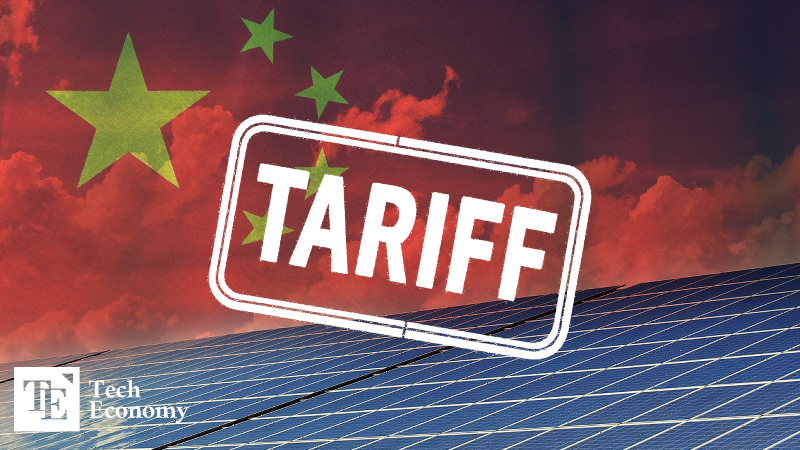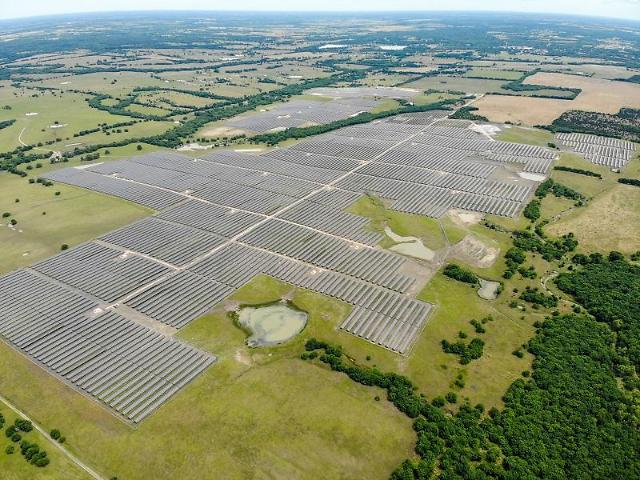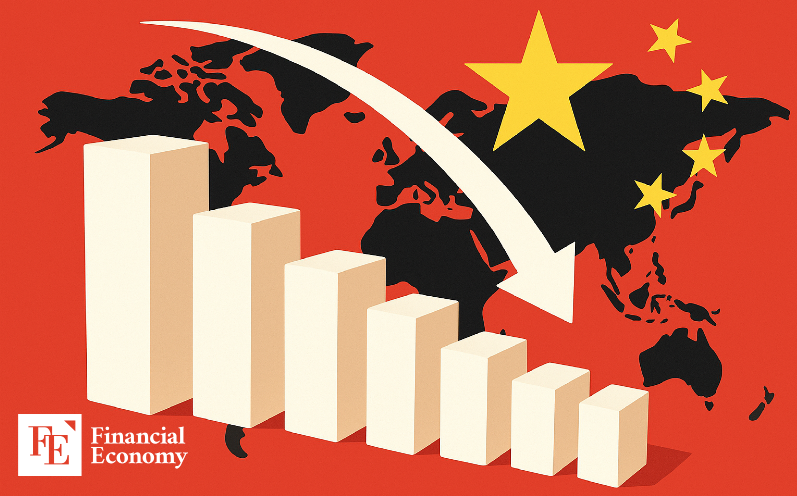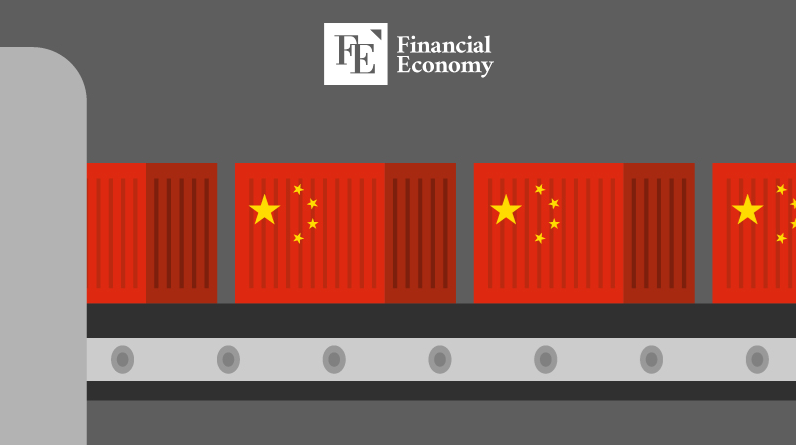Shift in the Shipbuilding Market: China Falls, Korea Rises — Shipping Industry Says 'A Pheasant Instead of a Chicken'
Input
Changed
Korea Replaces China: Shipbuilding Boom Becomes Reality U.S. Port Entry Penalties Revive Korea’s Shipbuilding Industry 'Avoiding China' Benefits Limited Mainly to Shipbuilding
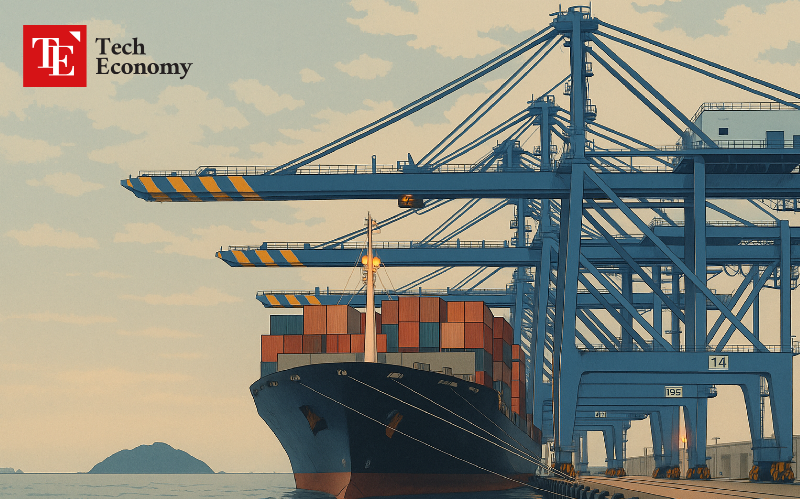
The global shipbuilding industry is witnessing a remarkable realignment. For years, China's dominance in the container ship sector seemed unassailable, powered by its aggressive low-cost strategy and massive production capacity. However, recent U.S. policy shifts — notably the imposition of port entry fees on Chinese-built vessels — have prompted global shipping companies to reconsider their options. In an unexpected twist, Korean shipbuilders, long overshadowed by China’s pricing power, are now enjoying a surge of demand. Yet, while this sudden market opportunity brings renewed vitality to Korea's shipbuilding sector, it also introduces ripple effects that could burden global logistics networks and, ultimately, consumers.
Korean Shipbuilders Stand Out Even in Standard Vessel Types
The revival of Korea’s shipbuilding industry is visible in the flurry of new contracts secured in recent weeks. On April 29, HD Korea Shipbuilding & Offshore Engineering (HD KSOE) disclosed a major achievement: within just four days, it had signed agreements with an Oceania-based shipping company to construct 18 container ships — specifically, four 8,400 TEU vessels, eight 2,800 TEU vessels, and six 1,800 TEU vessels. These contracts followed closely after securing orders for two 2,800 TEU and two 16,000 TEU container ships, bringing the total to 22 ships and a deal size of approximately 2.5 trillion won (about $1.8 billion USD).
Samsung Heavy Industries also announced a significant breakthrough. On April 28, it reported securing a 561.9 billion won (around $410 million USD) contract with an Asian shipowner for two container ships. Construction will commence within the year, with delivery scheduled by January 2028. Meanwhile, in March, Hanwha Ocean secured an impressive order from Taiwan’s Evergreen Marine for six LNG dual-fuel container ships, valued at 2.3286 trillion won (around $1.7 billion USD).
These achievements represent a major market realignment. Traditionally, China had leveraged its ability to mass-produce container ships — which required relatively modest technological sophistication — to expand its global shipbuilding market share. However, the tide has turned. According to Clarkson Research, as of April 22, Korean shipbuilders have captured 29.7% of the global container ship market with 1.3179 million CGT in orders, nearly tripling last year’s 11.4%. Conversely, China’s dominance has slipped, with its share plunging from 86.6% to 58.1% over the same period. For Korea, a market that had been receding under China’s pressure is now a theater of resurgence, propelled by a unique convergence of geopolitical and industrial factors.
U.S. to Impose Additional Port Entry Fees on Chinese-Made Ships
The catalyst behind this sudden shift stems from new U.S. regulatory actions designed to curb China's influence over global shipping and logistics. On April 17, the U.S. Trade Representative (USTR) unveiled measures implementing President Donald Trump’s "Restoring America’s Maritime Sovereignty" executive order. Central to these actions is a targeted imposition of port entry fees on Chinese-built ships entering U.S. ports.
Initially, the USTR considered levying fees each time a Chinese-built vessel docked at an American port. However, the finalized rules limited the charges to a maximum of five times per year per ship. A fee is imposed only once upon first entry, exempting vessels from additional charges as they move between U.S. ports. Moreover, the originally proposed steep rates — as high as $1 million per ship or $1,000 per net ton — were revised downward. Chinese-flagged shipping companies now face a fee of $50 per net ton, while non-Chinese companies operating Chinese-built ships are subject to $18 per net ton or $120 per container. These rates are slated to rise incrementally over the next three years.
Faced with these looming penalties, global shipping companies are strategically rethinking their fleets. While Korean-built ships may entail higher upfront costs, they offer a safer alternative by minimizing exposure to punitive U.S. tariffs and fees. For shipping firms heavily reliant on transpacific routes, the political risk associated with Chinese vessels is too significant to ignore. As a result, the Korean shipbuilding industry — renowned for its technological excellence, trustworthiness, and delivery capabilities — has rapidly become the industry’s preferred "alternative." The dynamic now unfolding is clear: political risk avoidance, not merely price competitiveness, is increasingly shaping the global ship procurement landscape.
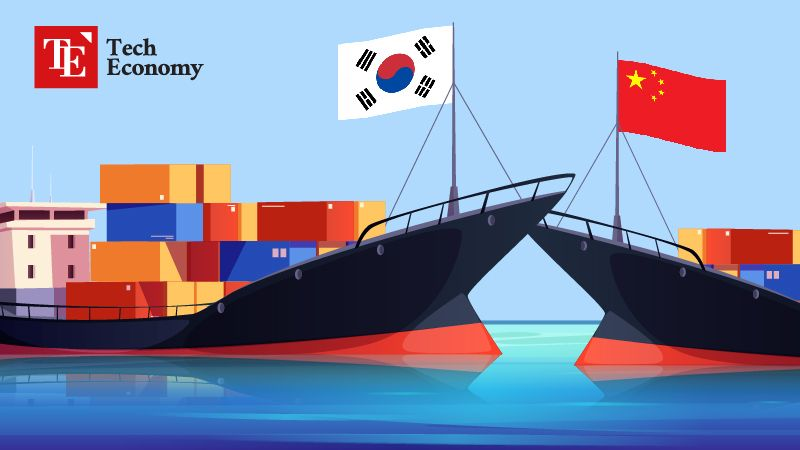
Rising Costs May Be Passed on to Consumers and the Logistics Network
While Korea’s shipbuilders are experiencing a much-needed renaissance, the implications of this shift extend far beyond the shipyards. The global shipping industry, already grappling with rising operational costs — from surging fuel prices to escalating labor and port usage fees — now faces additional burdens. Purchasing Korean ships requires larger upfront investments, and companies must also account for indirect costs such as higher insurance premiums to cover new political and regulatory risks and the need for strategic adjustments in port logistics planning.
These cost increases are expected to ripple through freight rates, which will, in turn, impact the broader logistics network. Higher transportation costs inevitably feed into product prices, affecting businesses across supply chains and ultimately reaching consumers. For end buyers of imported goods, this means bearing hidden additional costs.
The underlying concern is that while the Trump administration’s tariffs and port entry penalties are delivering an unexpected windfall to Korea’s shipbuilders, they are simultaneously fueling inefficiencies across the global supply chain. As the cost structure becomes increasingly complex — influenced by both economic factors and political tensions — the risk of deepening supply chain disruptions grows. What appears on the surface as a Korean success story thus carries a sobering undercurrent: the global logistics system, and the consumers it serves, may be paying a steep, if less visible, price for these geopolitical maneuvers.

